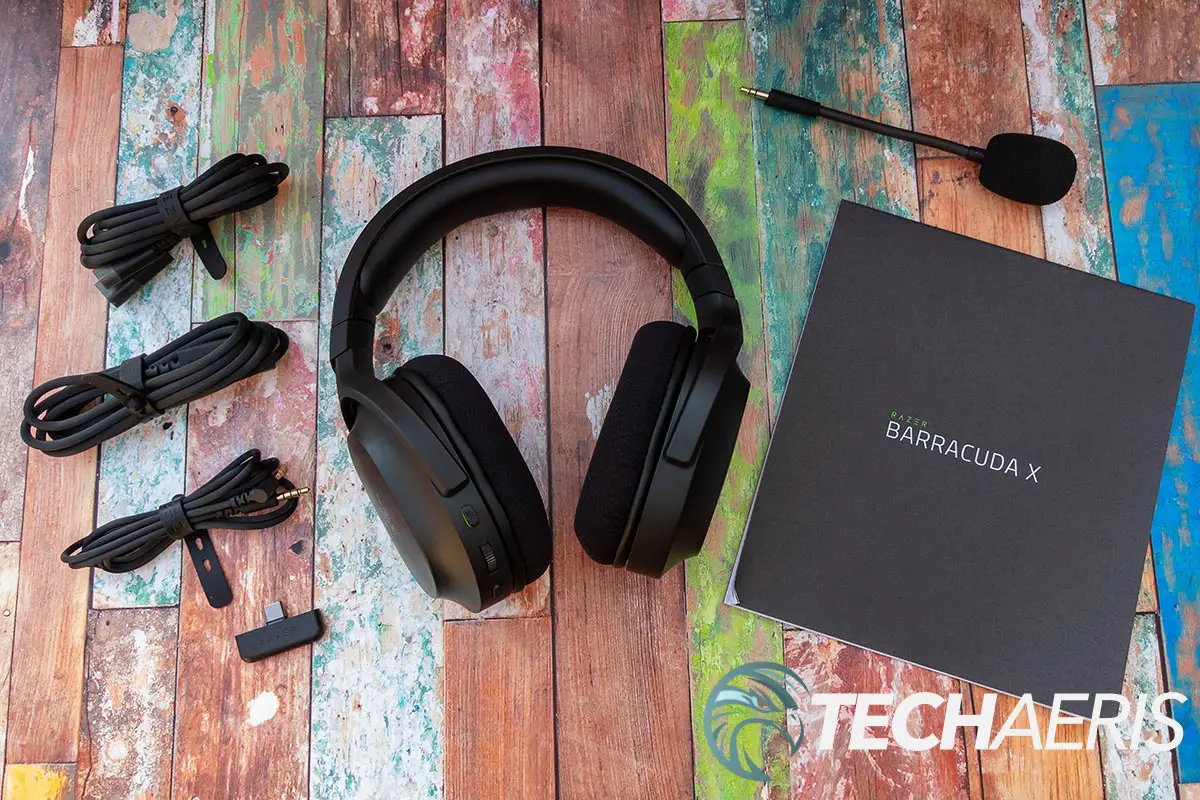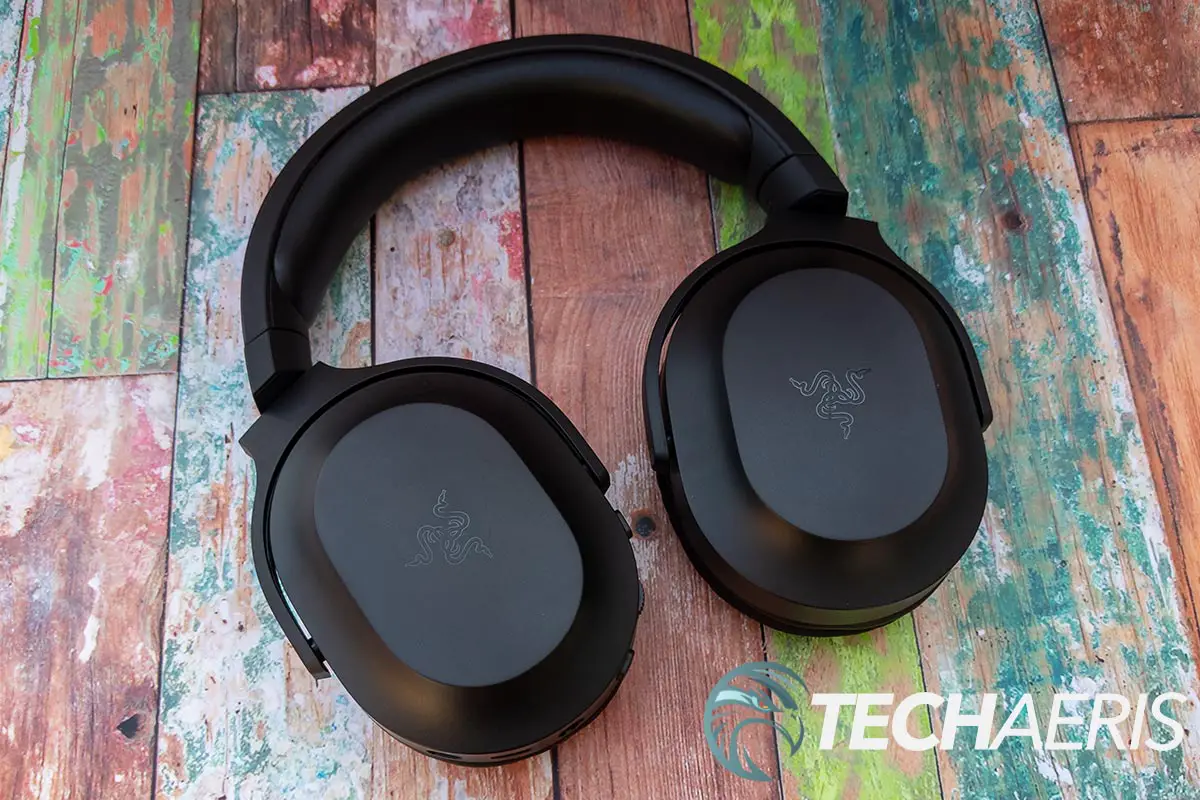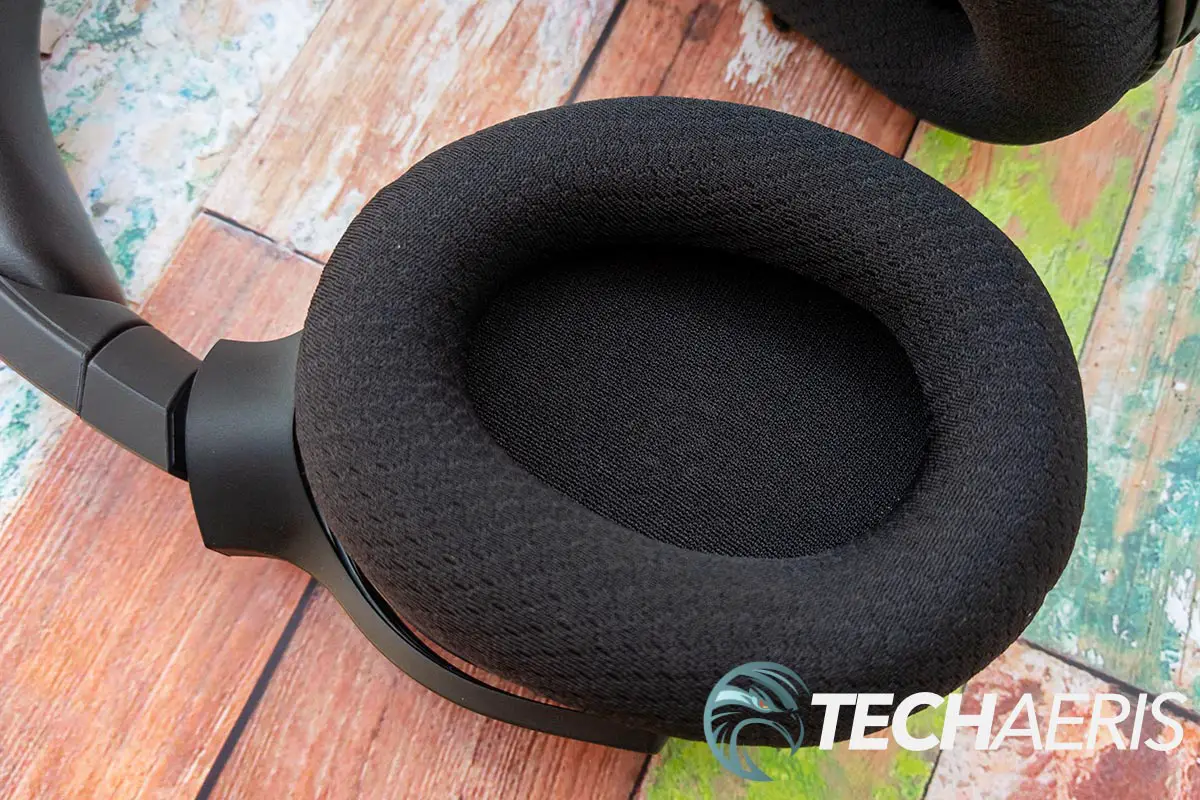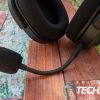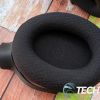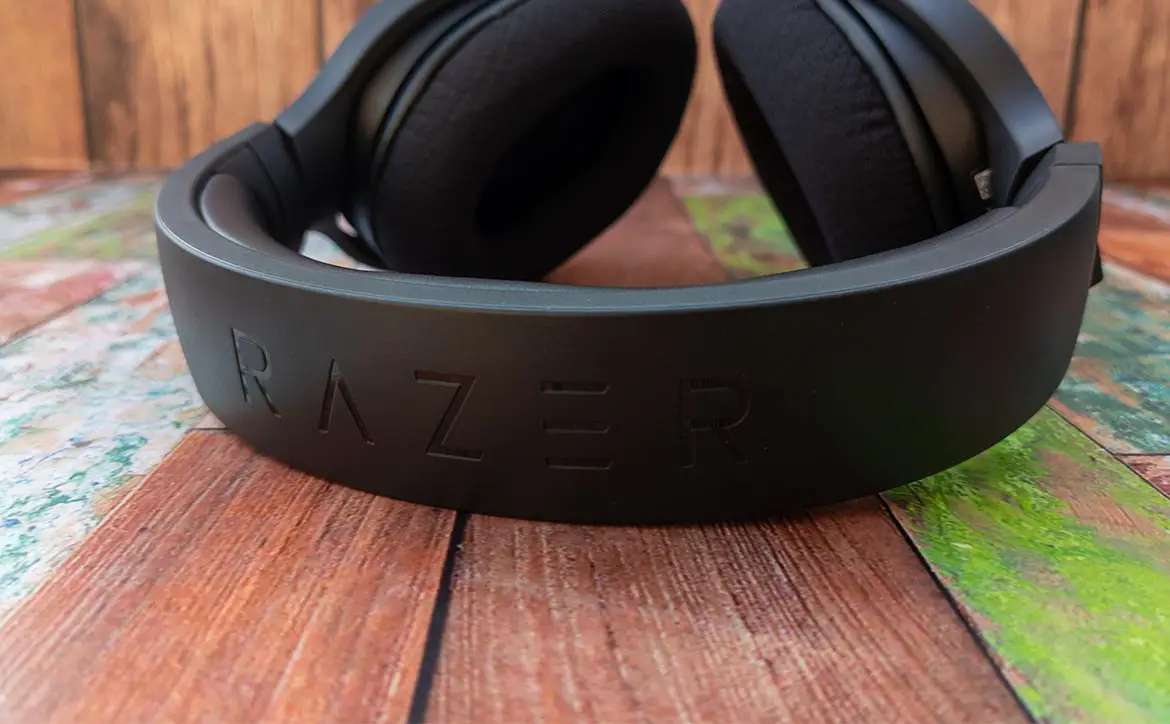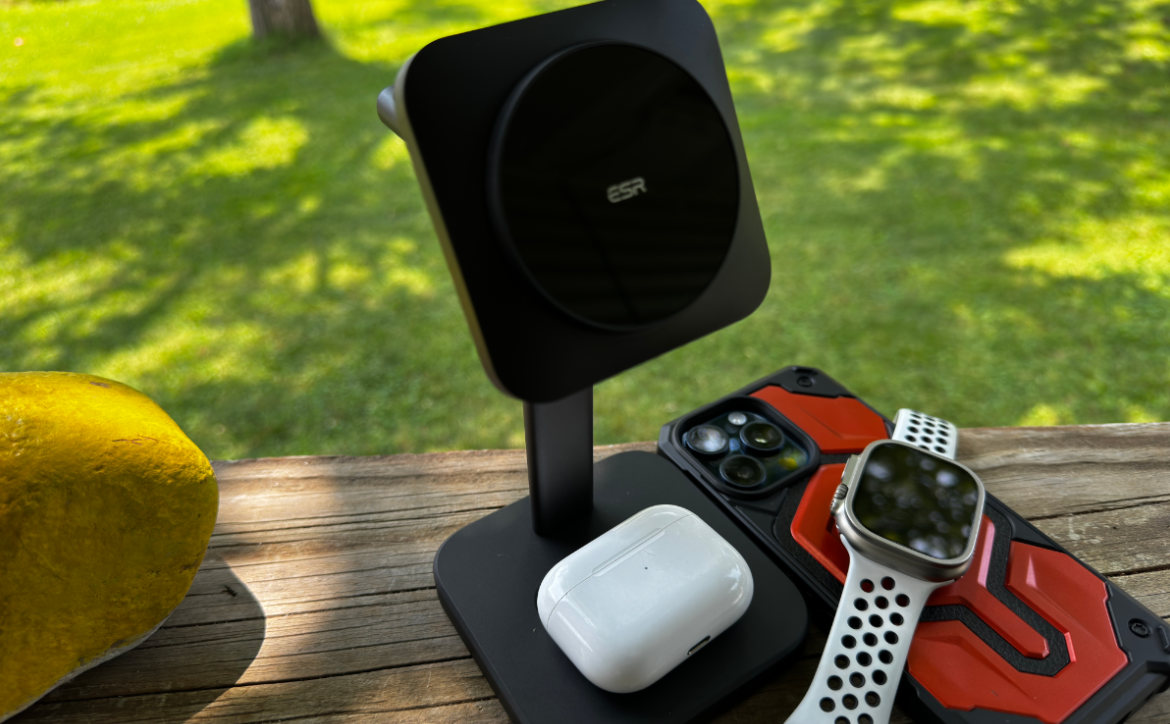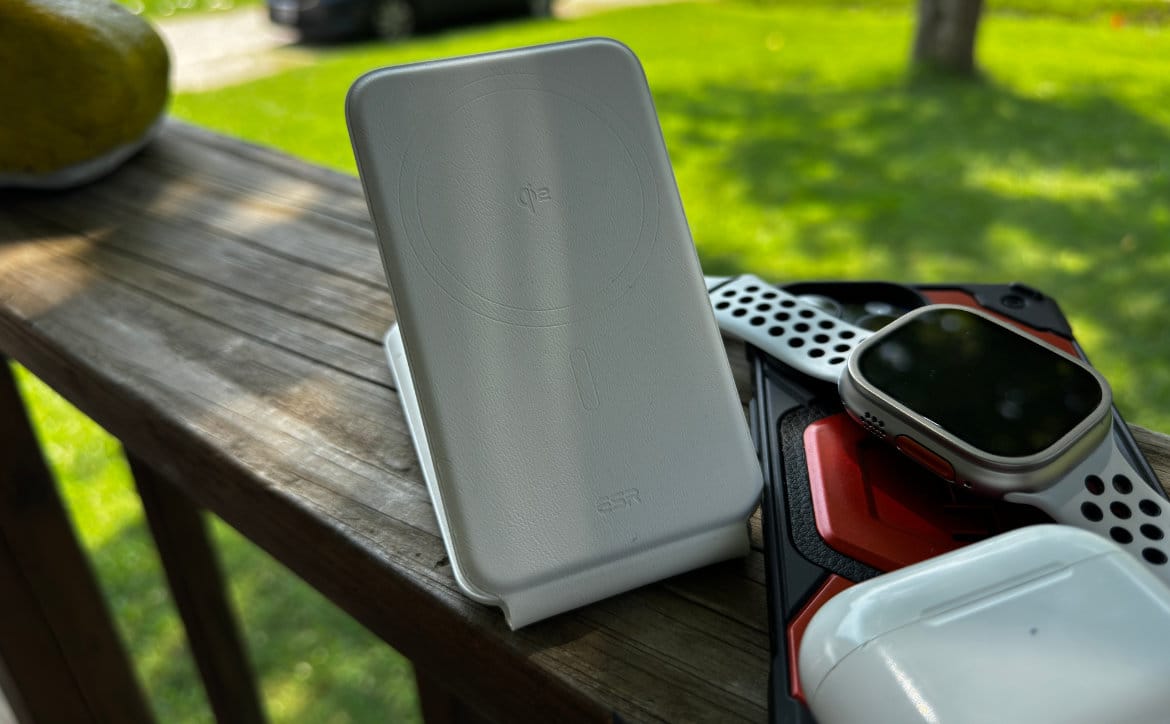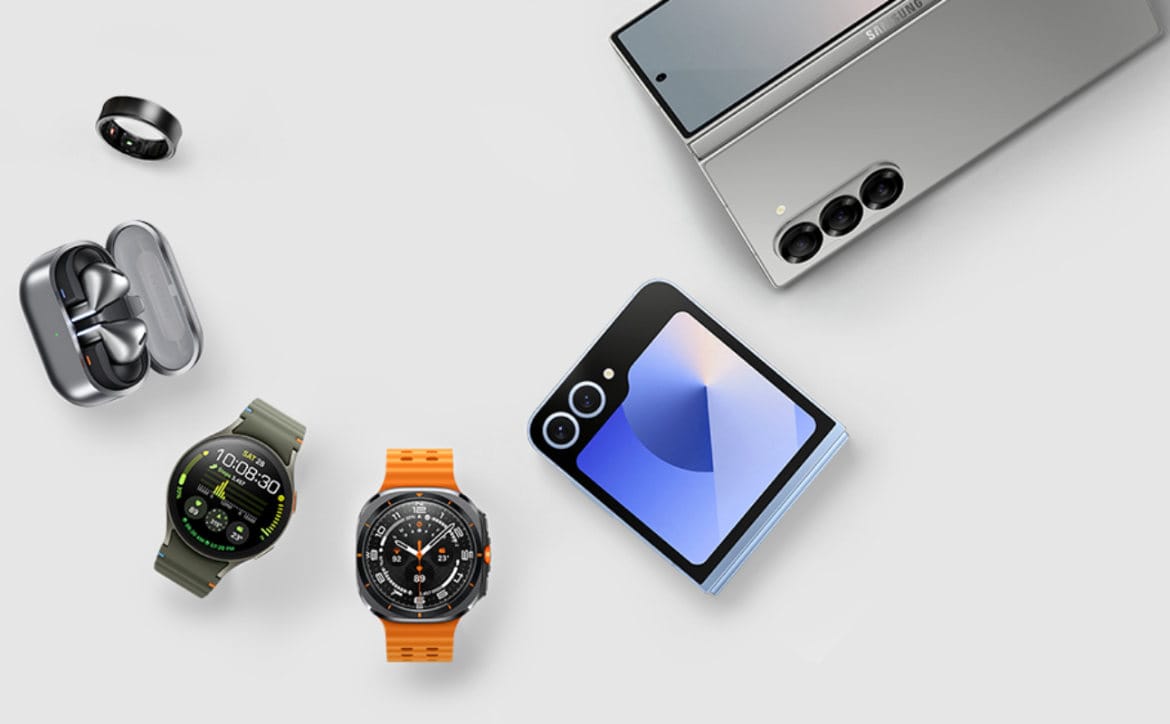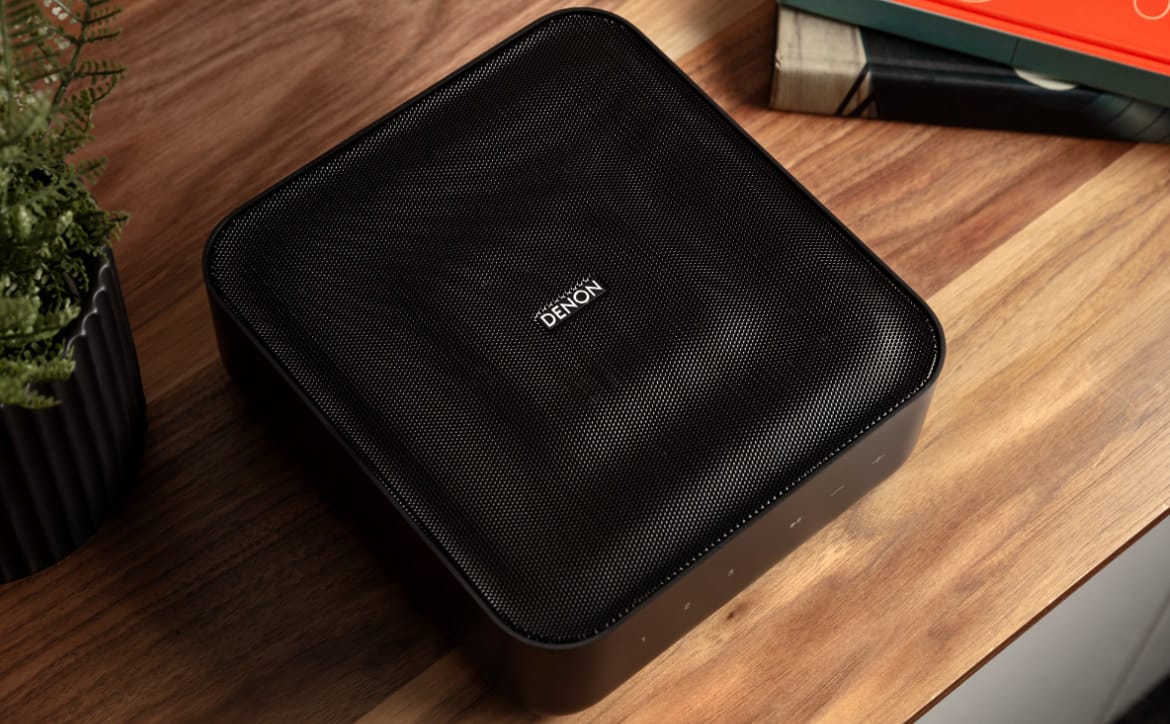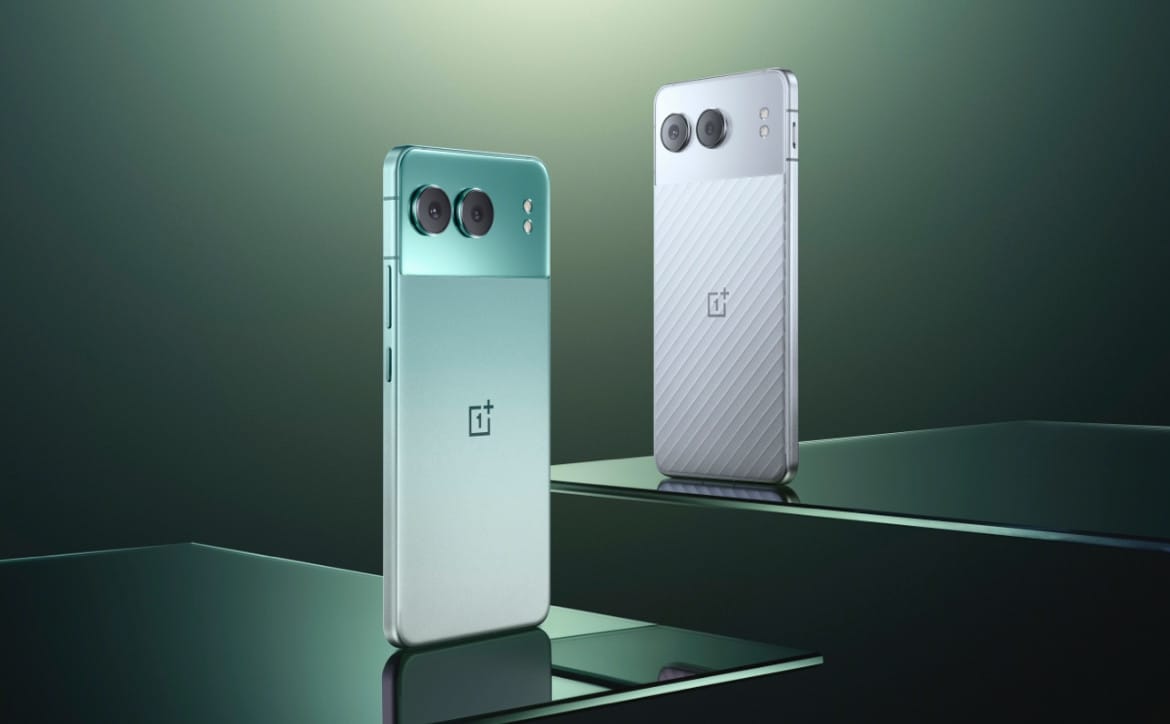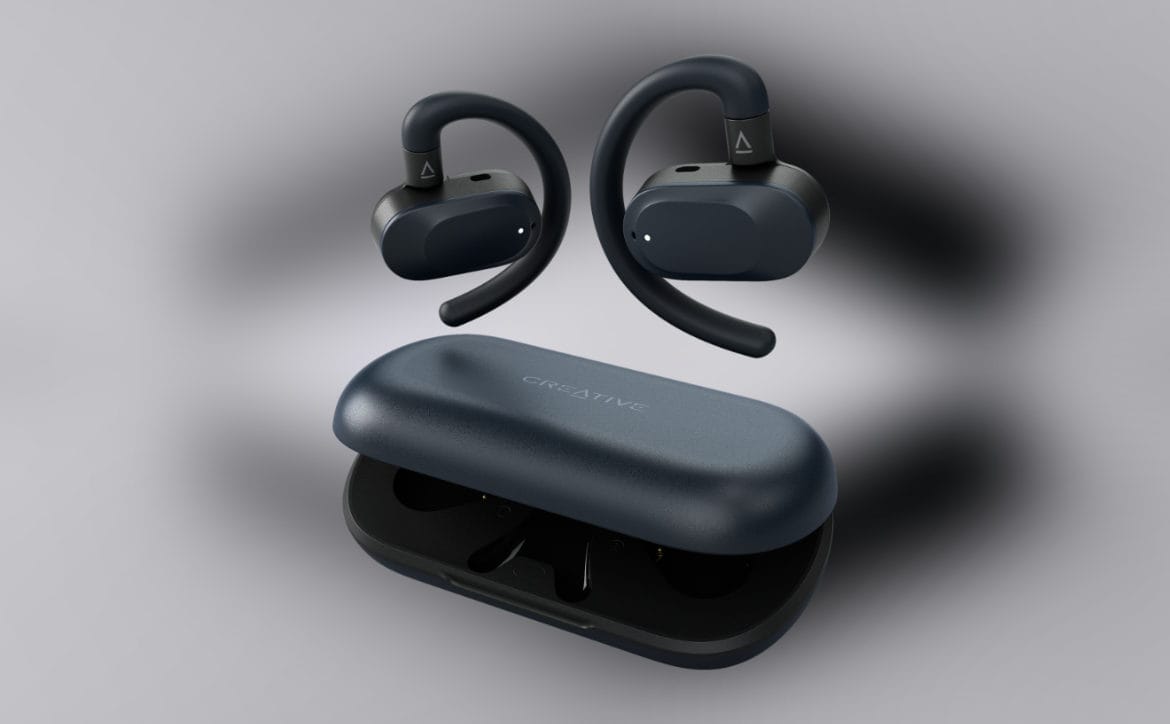
With gamers gaming across different platforms, finding a headset you can use across devices can be tricky. For the most part, wireless gaming headsets might work with Xbox, PC, and mobile, or PlayStation, Switch, PC, or mobile. The latest gaming headset from Razer, the Barracuda X, falls into the latter category but will also work wired with the Xbox.
Estimated reading time: 9 minutes
Our Razer Barracuda X review looks at a gaming headset that works wirelessly across various platforms with a USB-C dongle. It also works in wired mode with other platforms with a 3.5mm audio jack. Read on for our full review!
Table of contents
Specifications
The Razer Barracuda X multi-platform gaming headset we reviewed has the following features and specifications:
| Frequency response | 20 Hz – 20 kHz |
| Impedance | 32 Ω (1 kHz) |
| Sensitivity | 96dBSPL / mW@1KHz by HATS |
| Driver size | 40 mm |
| Driver type | Razer™ TriForce |
| Earcups | Oval FlowKnit Ear Cushions |
| Inner earcup diameter | 60 mm x 40 mm |
| Earpads material | Ultra-soft FlowKnit memory foam |
| Noise-cancelling | Passive noise cancellation |
| Connection type | USB-C Wireless (2.4GHz), 3.5mm Analog |
| Microphone style | Detachable HyperClear Cardioid |
| Pick-up pattern | Unidirectional |
| Microphone frequency response | 100 Hz – 10 kHz |
| Microphone sensitivity (@1KHZ) | -42 ± 3 dB |
| Virtual surround encoding | 7.1 Surround sound: Only available on Windows 10 64-bit |
| Volume control | Volume up and down |
| Other controls | Mic mute on/off, toggle play/pause track, accept incoming call or end current call, skip track, previous track |
| Battery life | 20 hrs |
| Compatibility | PC (wireless, wired), PlayStation (wireless, wired), Nintendo Switch (wireless, wired), Android Devices (wireless, wired), Xbox (wired) |
| Cable length | 1.5 m (4.92 ft) |
| Weight | 250 g (0.55 lbs) |
What’s in the box
- Razer Barracuda X wireless gaming headset
- Wireless USB-C dongle
- 3.5mm audio cable (1.3m)
- USB-A to USB-C charging cable (1.5m)
- USB-A to USB-C extension cable (1.5m)
- Detachable microphone
- User guide
Headset Design
Unlike other gaming headsets, the Razer Barracuda X has a more subtle lifestyle design, akin to the Razer Opus actually. Matte black in colour, the headset has a solid feeling plastic outer shell. The headband has the Razer wordmark stamped into it across the top. The underside has a soft leatherette covered foam cushion, which is fairly comfortable. Inside the headband are steel bands, making it easy to adjust for size by pulling down the ear cups.
The ear cups are oval in shape with straight long edges. The outer portion angles out slightly, and the Razer snake logo is stamped in the middle of each earcup. The earcups swivel forward a full 90° and back about 15°, which allows for a comfortable fit. On the underside of the left ear cup are your controls. From front to back, you’ll find a 3.5mm microphone port, USB-C charging port, 3.5mm audio jack, power/multi-function button, volume control, and microphone mute button. The right ear cup is devoid of any controls.
On the inside of the ear cups are the fabric-covered memory foam ear pads. They are pretty soft and comfortable, even after extended use.
One of the key considerations Razer took in designing the Barracuda X is its weight. As far as gaming headsets are concerned, it is pretty light, weighing only 250g. This makes it comfortable to wear for extended sessions, which is definitely a plus given its stated 20-hour battery life.
The microphone is pretty standard and is a simple detachable boom mic with a foam cover over the end. The 3.5mm connector has a round piece around it at the base with a flat edge, so you know which way it plugs into the headset when being used.
While the Barracuda X headset has a pretty solid design, the T-shaped USB-C dongle could definitely be improved. Honestly, though, I’m not sure how you would improve it. It is relatively slim and small at about 1 1/2″ wide, 3/4″ in depth, including the USB-C plug (a little over 1/2″ when plugged in), and 1/4″ thick. One nice thing about the dongle is that Razer has accounted for phone cases. I tried three or four different phones, each with a case on, and the dongle fit just fine each time. There will be a bit of a gap when used on a laptop, but it wasn’t something I’d be concerned about.
However, its t-shape design, quite frankly, gets in the way. In the case of mobile devices, it adds bulk to the right side of the device when using it in landscape mode, which is the case for most gaming situations. While it’s usable, it’s not exactly the most comfortable. On some laptops, the design also ends up blocking other ports. If you’ve got a smaller laptop with minimal ports, using one for the dongle can just as easily block your only other free port. Razer is aware of this and mentioned why they’d included a USB-A to USB-C extension cable.
“We built it along with the Barracuda X. The USB-C dongle needed to have this T-shape design and be slightly wider in order to make room for the internal circuitry – this enabled us to have wireless performance that reached our expectations. Smaller designs were explored but we wanted to deliver a smooth wireless performance across all 4 platforms, and this was the best balance we found. This is something that the USB-A to USB-C extender was meant to help address.”
Razer
It’s not the end of the world, though. It works, assuming you have a USB-A port, but then you’ve got a cable with a dongle on it which kind of defeats the purpose of going wireless. If you’re gaming on your mobile device in portrait orientation, it works well. If listening to music on your smartphone, it works well. It’s just gaming in landscape mode that it’s noticeable.
Design is a single section in our review format. While we’ve given the design an 85 overall, I’d give the headset itself a 9.5 and the dongle a 7.5/8. Unfortunately, if you want to use it in wireless mode, you need the dongle. If you want to use it wired only, there are better options out there.
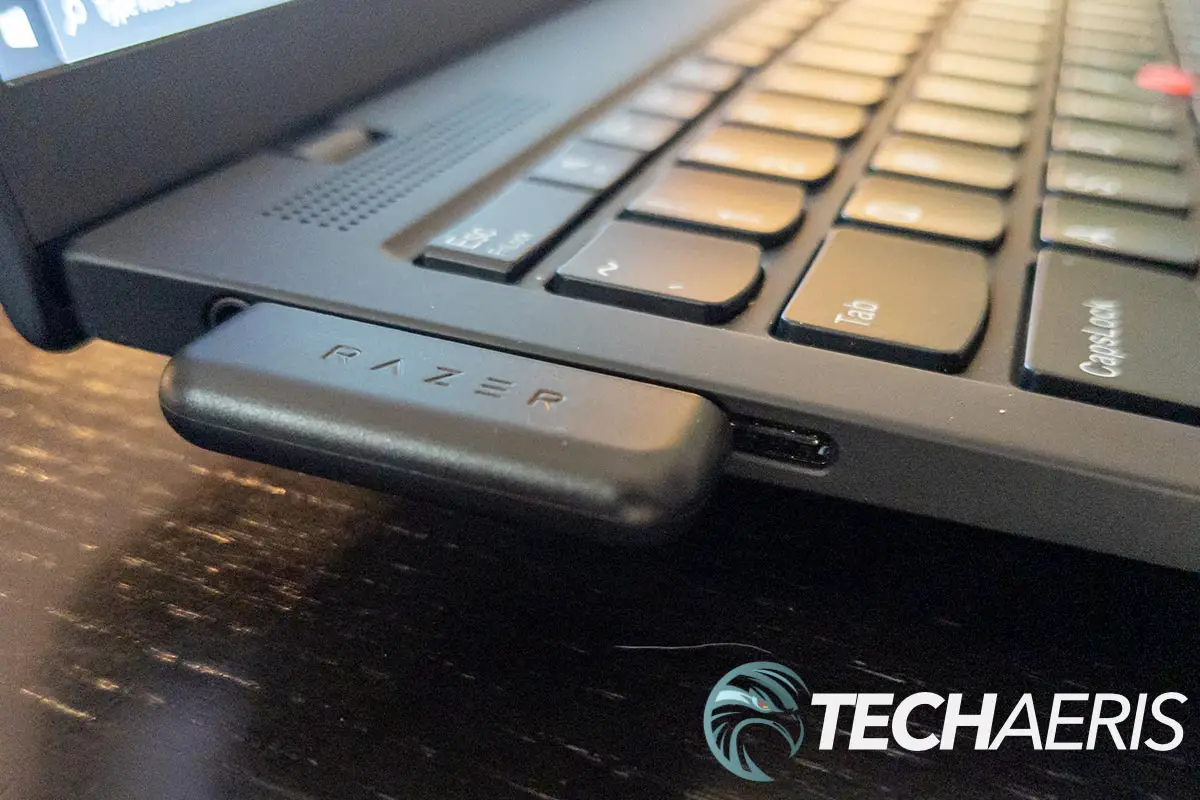
One other thing I will mention. There is no included headphone case or an immediately apparent way to store the dongle or detachable microphone when not in use. However, after a few weeks of use, I ended up sticking the dongle in the USB-C charging port on the headset to avoid misplacing it. Unfortunately, this only works if you’re not currently charging the headset.
Ease of Use
The Razer Barracuda X gaming headset is super simple to use. Plug the dongle into a free USB-C port, use the included USB-A to USB-C extension cable, or the included 3.5mm cable. Next, press and hold the power button to turn on the headset, and you’re good to go. No additional software is required regardless of the device. I tested it on various smartphones, a couple of Windows 10 laptops, Windows 11, and the Nintendo Switch with the dongle, and it worked as one would expect each time.
In addition to being used to power on the headset, the power button also adds some limited functionality. While powered on, you can press it once to play or pause the current track, accept an incoming call, or end a current call. Pressing it twice skips to the next track while pressing it three times skips to the beginning of the current track or the previous track.
While no software is required, you can snag the Razer THX Spatial Audio app to add 7.1 surround sound functionality while using this headset on a Windows device.
Sound Quality
The Razer Barracuda X uses 40mm Razer Tri-Force Drivers and not the 50mm ones the company uses in other headsets. Unless you really listen and go back and forth from one to the other, you’ll be hard-pressed to notice a difference. On that note, gaming on a mobile device is much better with this wireless gaming headset. Dongle positioning aside, games like Call of Duty: Mobile definitely improved, as is the case when using an actual headset. I didn’t notice any delay in audio, and being able to more accurately track footsteps or hear the direction gunshots were coming from helped my game.
Music listening was just as enjoyable. When using my Spotify test playlist, the highs, mids, and lows were pretty balanced, with perhaps just a bit extra on the bass end of things, which I don’t mind. Tracks like “bad guy” by Billie Eilish to Massive Attack’s “Unfinished Symphony” and even classical tracks like Beethoven’s “String Trio in C Minor” sounded great.
Microphone Quality
Depending on the games you play, decent microphone quality is a necessity. With the Razer Barracuda X, the microphone is decent enough. Depending on the platform used, I did get a couple of comments that I sounded a bit hollow but could be heard clear enough for in-game or video chat communication.
Battery Life
Being a wireless gaming headset, long battery life is also a consideration. Razer claims up to 20 hours of battery life on a single charge. During our testing, we were able to hit close to that with no issues. Once dead, it takes just over 2 hours to recharge the headset fully.
Price/Value
With an MSRP of US$99.99, the Razer Barracuda X wireless gaming headset is pretty reasonably priced. If you’re gaming on multiple systems and like having a wireless setup, you really can’t go wrong with a Razer product priced as this headset is.
Photo Gallery
Wrap-up
Dongle design aside, the Razer Barracuda X is a decent-sounding wireless gaming headset that works with just about every platform. It is also lightweight, has great battery life, and is very reasonably priced.
In some of our articles and especially in our reviews, you will find Amazon or other affiliate links. As Amazon Associates, we earn from qualifying purchases. Any other purchases you make through these links often result in a small amount being earned for the site and/or our writers. Techaeris often covers brand press releases. Doing this does not constitute an endorsement of any product or service by Techaeris. We provide the press release information for our audience to be informed and make their own decision on a purchase or not. Only our reviews are an endorsement or lack thereof. For more information, you can read our full disclaimer.

